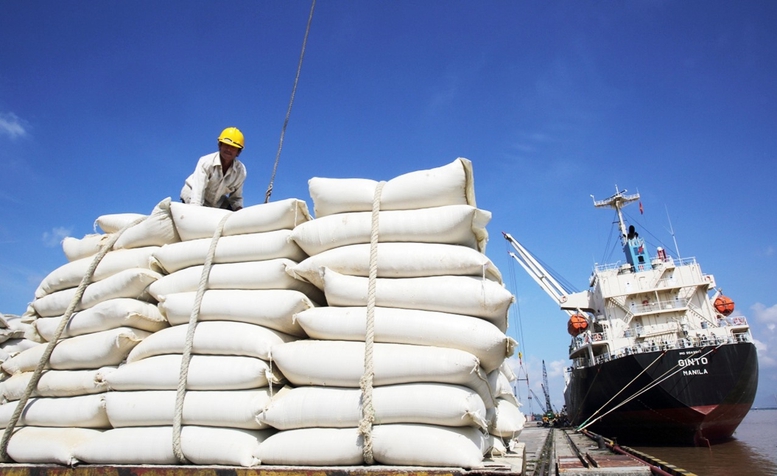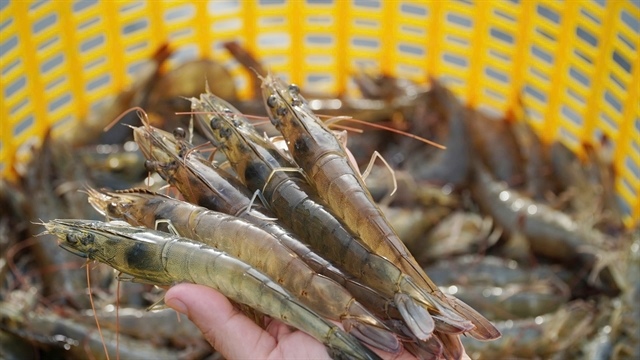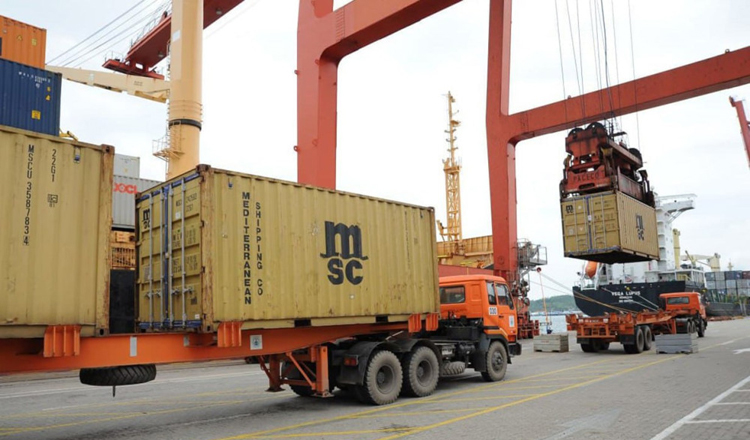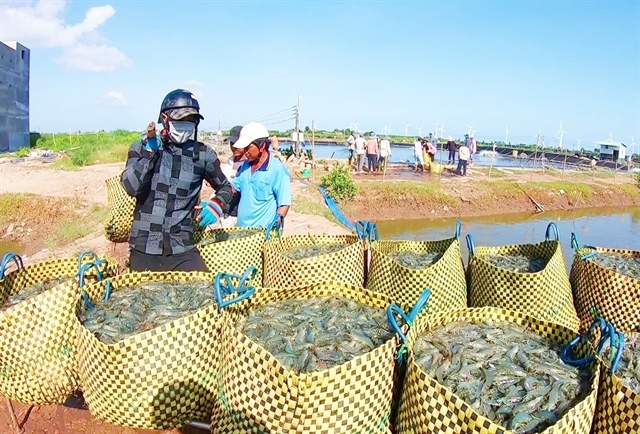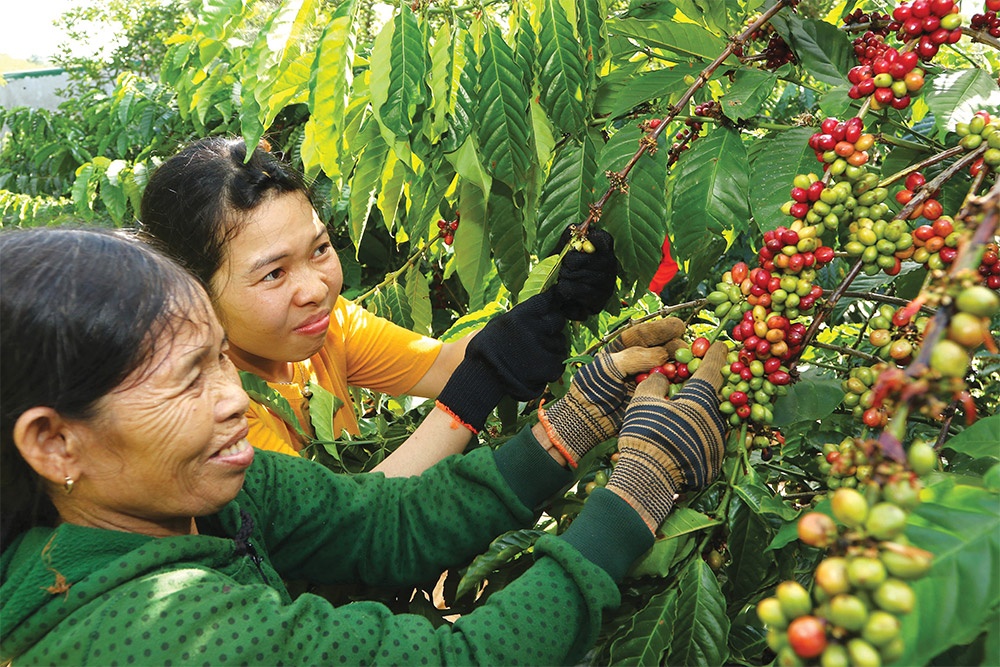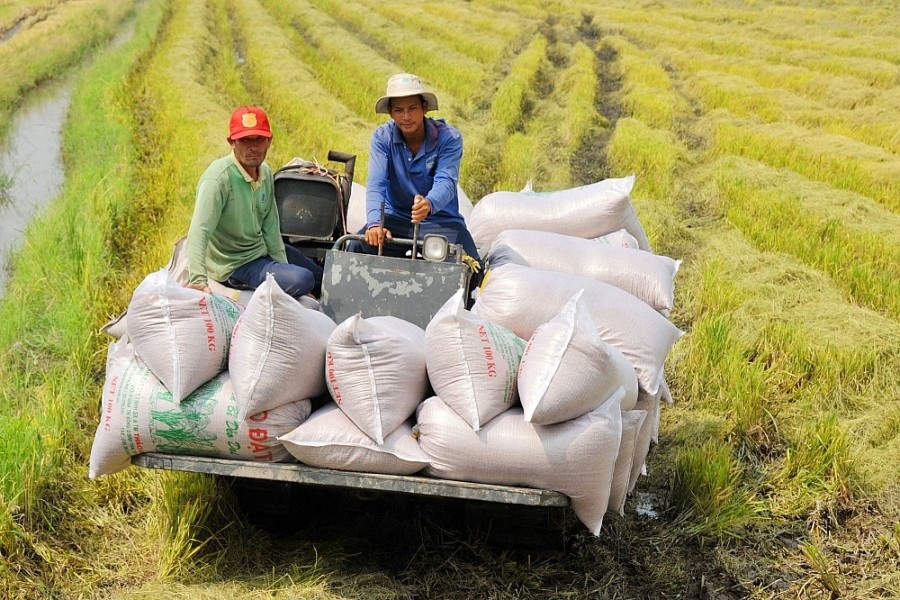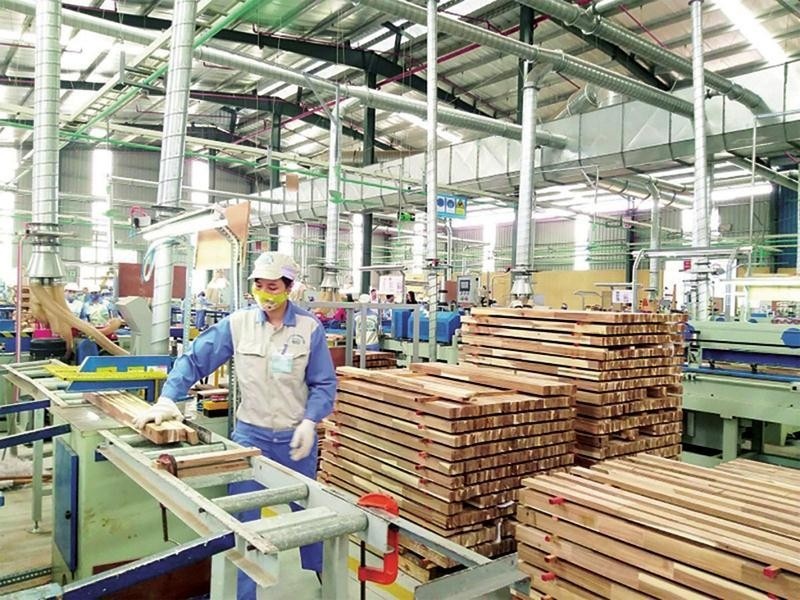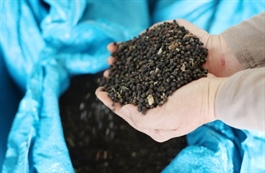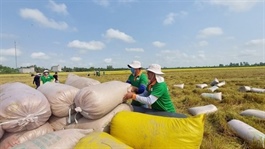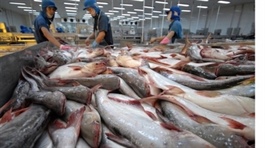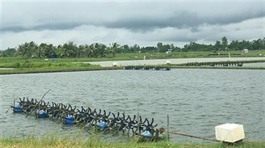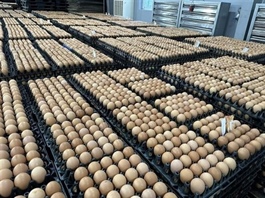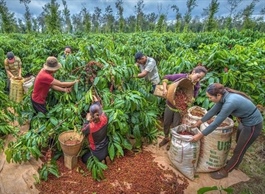Hưng Yên longans ready to take Japan by storm
Hưng Yên longans ready to take Japan by storm
It’s the time of the year when the signature fruits of Hưng Yên Province are ready for harvest. Several longan farming cooperatives who were given a unique production unit code, are more than eager to export their produce.

Hưng Yên farmers harvest longans in their garden. – VNA/VNS Photo Đinh Văn Nhiều |
More than 4,600 hectares of the province’s lands are dedicated to growing longans. Of which 30 per cent follow VietGap (the Vietnamese Good Agricultural Practices) and GlobalGAP (Global Good Agricultural Practices), producing about 46,000 tonnes of fruit per year.
At the moment, two farms have been given the Harmonised System (HS) code to export longans to Japan. They belong to the Quảng Châu Longan Cooperative in Hưng Yên City, with the total area of 27.2 hectares and a yearly export of 350 tonnes, which strictly adhere to the procedure for establishment and monitoring of place of production (TCCS 774:2020/BVTV).
According to the cooperative’s vice director, Nguyễn Văn Biết, it’s the wish of every cooperative member to find good buyers with continuing demand, to be able to sell longans at good prices and see economic gains.
That’s why they always actively seek out new techniques, try out advanced production processes and register for production unit codes so that Hưng Yên longans are good and safe for both domestic consumption and export.
Biết said that for strict markets like Japan, the cooperative has asked its members to follow safe production procedures, prioritise the use of organic fertilisers and biopesticides and maintain a proper quarantine period before harvest to ensure food safety and hygiene.
"We believe that the longans from Quảng Châu Longan Cooperative can be successfully exported to the Japanese market. It can also reach other potential markets from there," he said.
Based on the results of a food export safety monitoring process conducted by the province’s Department of Agriculture and Rural Development, 100 per cent of Quảng Châu cooperative’s longans have met the requirements and are ready for export.
The quality and productivity of the cooperative’s longans this year are rated higher than last year, because all members have proactively applied good techniques and procedures in accordance with the VietGAP standards.
Aware that if they are able to enter Japan, it will give them a competitive advantage to enter other markets, the province has put a major focus on producing longans to the highest standards, using advanced technology.
Director of Hưng Yên’s Department of Industry and Trade, Vũ Quang Thắng, stressed that Japan is a country famous for strict standards for goods and products, especially in terms of imported food and fruits.
“It’s a difficult market, but if we can enter and win their favour, it will give us great credibility, which will take our products to other international markets,” he said.
So even though Hưng Yên longans have been able to enter some important markets such as the US and Australia, going to Japan is still a must, in order to further expand their export opportunities, he said.
To realise this goal, the province’s People’s Committee has directed the Department of Agriculture and Rural Development to coordinate with the People's Committees of districts, towns and cities to review, evaluate and re-organise longan varieties and longan growing areas and promote the application of science and technology and advanced farming processes to improve their quality.
The committee has also approved a project to promote the exports of longan and processed products from the fruit to the Japanese market for the 2021-25 period, identifying key tasks and solutions to ensure that their quality meet the requirements of the Japanese market.
The project also connects Vietnamese businesses and traders that have been exporting fruits and vegetables to Japan, in the hope that they will help introduce Hưng Yên longans to Japanese consumers.
The province’s trade department will organise and livestream trade events on social media to promote longans and other signature agricultural products. They will also put in an effort to increase sales on both e-commerce platforms and physical stores and supermarkets, as well as connecting traders and businesses with cooperatives and farmers.
Households will be guided to apply good agricultural production processes, good techniques for harvesting, preserving, and packaging longan, to meet buyers’ requirements.
However, Nguyễn Đức Hưng, director of Global Food JSC, pointed out that despite the advantages such as large areas of lands and advanced farming techniques, Hưng Yên does not have any concentrated longan growing area.
At the moment the longan orchards are interpersed between households, which makes it difficult to maintain the same level of quality because each garden is taken care of in a different way.
For Hưng Yên longans to really conquer the international markets, it is important that the fruit is grown over concentrated, large-scale areas, Hưng said.



